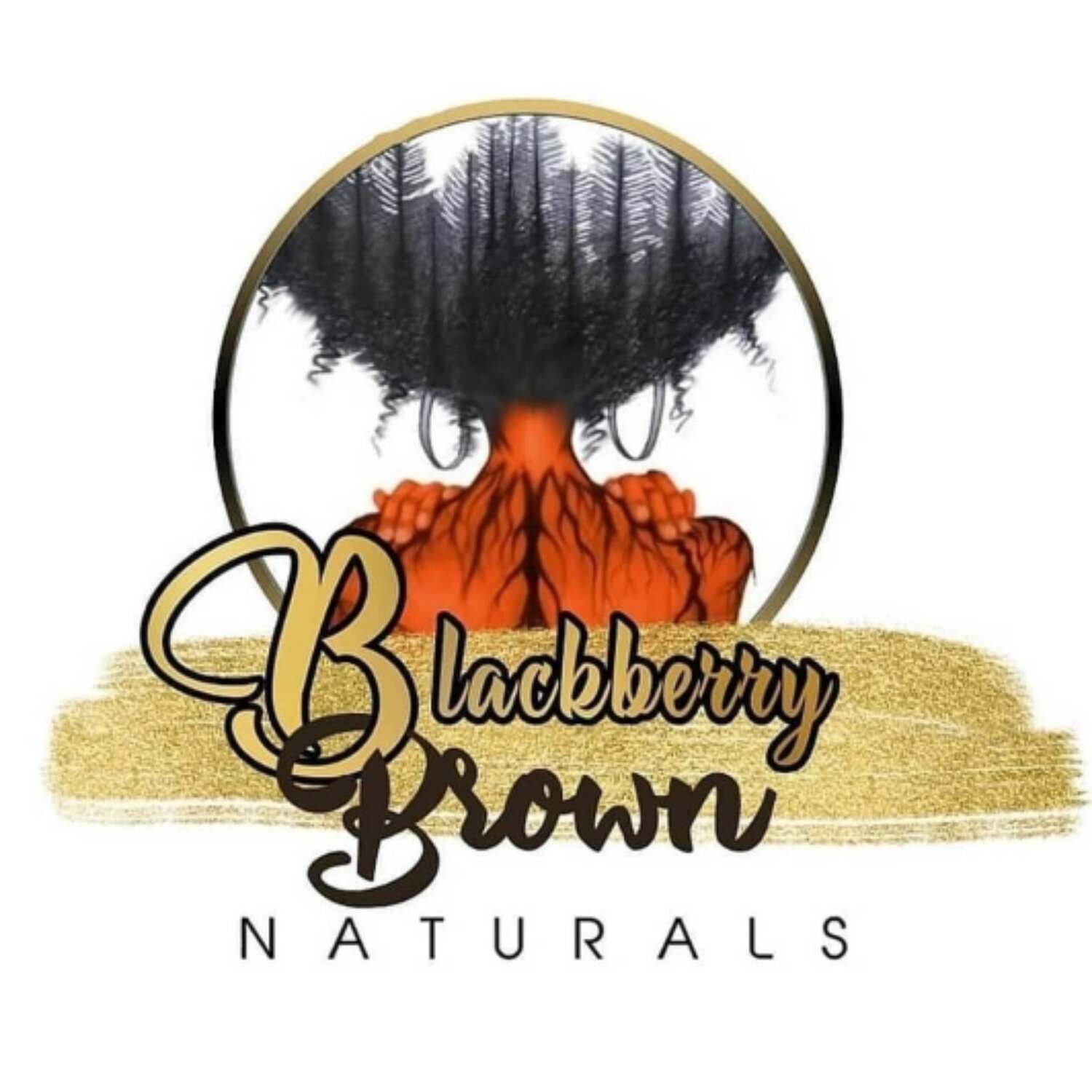Henna Hair Care
Did you know you can color your hair with henna???
Henna comes from the Lawsonia Inermis, or Henna Tree. The leaves of the plant are dried, ground and finely sifted into a powder. The name Henna typically refers to the reddish-orange dye that is released after the powder is prepared.
Whole, dried henna leaves will not produce a dye but when the finely sifted leaves are crushed into a paste, it produces a natural greenish-brown stain.
Henna mixes need to sit covered for 4-6 hours to allow enough time for the dye to be released. The red-orange pigment is used to color gray hair and turn browns into beautiful red and orange tones.
The dye is used in various Middle East and African cultures for creating intricate body art and for naturally coloring fabrics.
Black henna
Black henna IS in fact Henna-with additives.
Typically, a chemical additive called PPD or paraphenylenediamine, is added.
PPD is commonly used as a permanent hair dye and additive in tattoo ink. It’s known to cause serious allergic reactions when used in both henna and traditional tattoo art.
Indigo powder, on the other hand, is a natural alternative to chemical color and when added to henna will color hair dark browns and black.
The dried leaves offer a blue-ish tint that we know to be used to dye blue jean clothing and other fabrics.
Henna As a Protein Treatment
In the beauty and natural hair industry, henna is used to condition and strengthen the hair.
It works as a protein treatment,
filling in the gaps within the cuticle layers and coating the strands.
Neutral henna
Cassia Obovata is commonly referred to as “neutral henna”, but the fact of the matter is- It's an entirely different plant.
The benefits are actually the same in terms of it’s ability to condition and strengthen the hair.
Like henna, it also produces a dye, however it is a yellow pigment that:
maintains blonde and light hair colors
adds gold and orange tints to gray hair
dilutes darker color
Cassia will lighten darker colored hair to produce red tones and lighter browns.
How to boost your henna mixes
Henna can be customized to suit your needs.
Apple cider vinegar, aloe and floral waters are great for balancing the ph on your hair and scalp. Carrier and essential oils can be added for virtually ANYTHING: dandruff, follicle stimulation, itchy scalp, you name it!
Add hibiscus tea or red roobos tea (hot) to brighten red tones.
Add chamomile tea and cassia to brighten gold tones and strengthen hair.
Add coffee and black tea for darker browns and black
(note: caffeine is stimulating to the scalp and follicles but also drying)
for moisture
Add honey, aloe, aloe powder, jojoba oil, castor oil and other plant oils like olive.
for deep conditioning:
Add plant butters like shea and olive.
HENNA IS MESSY!
That’s an understatement. It will stain everything- just like curry. Wear gloves when mixing your henna or use a t-shirt or towel you don’t mind being stained. Try to avoid spilling any on your floor.
When buying Henna, purchase fresh Henna and inquire about henna that has been sitting on store shelves. The longer it sits, the more the quality is compromised.
Henna is drying.
Adding moisturizing ingredients to your henna mixes will help to avoid the drying effects of the plant. It is best to steam with henna to ensure the particles and oils make their way within the hair cuticles.
Mix with aloe or apple cider vinegar for ph balancing action and add oils that work best for your hair type and hair condition.

